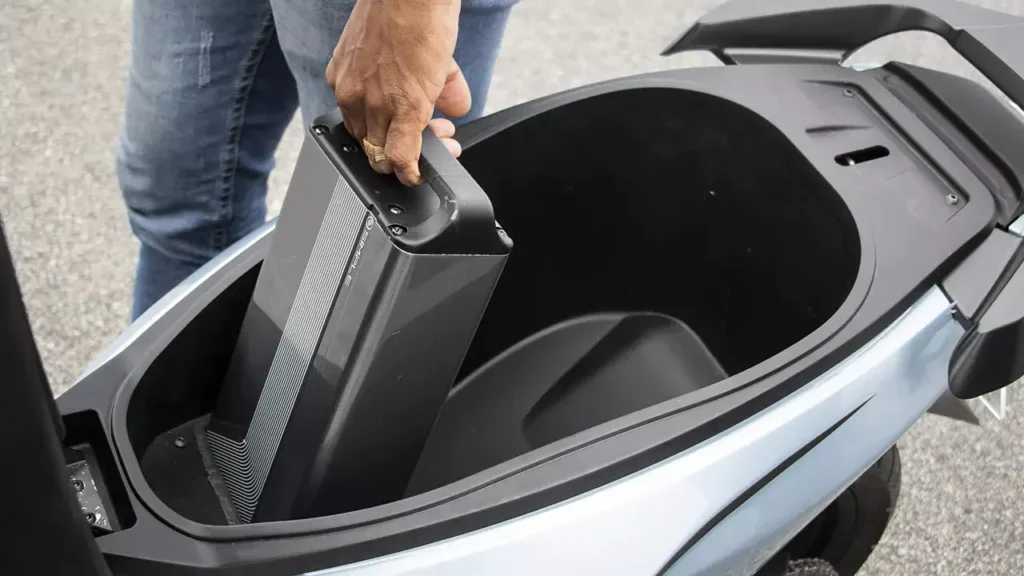Batteries play a vital role in the functioning of scooties, powering their electrical systems and providing the energy needed to start the engine.
However, like all batteries, they have a finite lifespan. In this article, we delve into the factors that influence the life of a scooty battery, how long they typically last, and essential tips to prolong their longevity.
Factors Influencing Scooty Battery Life
- Quality: The quality of the battery is a significant determinant of its lifespan. High-quality batteries, often from reputable manufacturers, tend to last longer and provide better performance compared to cheaper, lower-grade alternatives.
- Usage Patterns: How frequently the scooty is used and the duration of each ride impact the battery’s life. Regular and extended usage tends to wear down the battery faster than sporadic usage.
- Maintenance: Proper maintenance is crucial for preserving the battery’s health. Regularly checking the battery’s charge, cleaning the terminals, and ensuring it is adequately charged can significantly extend its lifespan.
- Temperature: Extreme temperatures, both hot and cold, can affect battery performance and shorten its life. Storing the scooty in a sheltered area away from direct sunlight and extreme weather conditions can help preserve the battery.
- Charging Habits: Overcharging or undercharging the battery can lead to premature degradation. Following the manufacturer’s guidelines and avoiding leaving the battery discharged for extended periods is essential.
Average Lifespan of Scooty Batteries
The average lifespan of a scooty battery typically ranges from 2 to 4 years. However, several factors influence the battery’s longevity, and some batteries may last shorter or longer depending on their usage and maintenance.
Tips to Prolong Battery Life
- Regular Maintenance: Perform routine inspections of the battery to check for corrosion or any signs of damage. Keep the terminals clean and secure, and replace the battery if needed.
- Proper Charging: Charge the battery as recommended by the manufacturer and avoid overcharging. Maintaining the battery at optimal charge levels prolongs its life.
- Avoid Deep Discharges: Try to avoid completely discharging the battery regularly. Partial discharges followed by proper recharging are better for the battery’s health.
- Storage: If the scooty is not in use for an extended period, store it with a fully charged battery in a cool and dry place.
- Use High-Quality Batteries: Invest in high-quality batteries from reputable manufacturers, as they often come with longer lifespans and better performance.
Conclusion
Scooty batteries serve as the powerhouse that enables the smooth functioning of these popular two-wheelers.
Understanding the factors that influence battery life and adopting proper maintenance practices are essential for prolonging their lifespan.
On average, a scooty battery can last from 2 to 4 years, but individual experiences may vary. By investing in high-quality batteries, following recommended charging procedures, and regularly maintaining the battery, scooter owners can ensure optimal performance and prolonged longevity.
Remember, a well-maintained battery not only enhances the scooty’s reliability but also contributes to a hassle-free and enjoyable riding experience.

